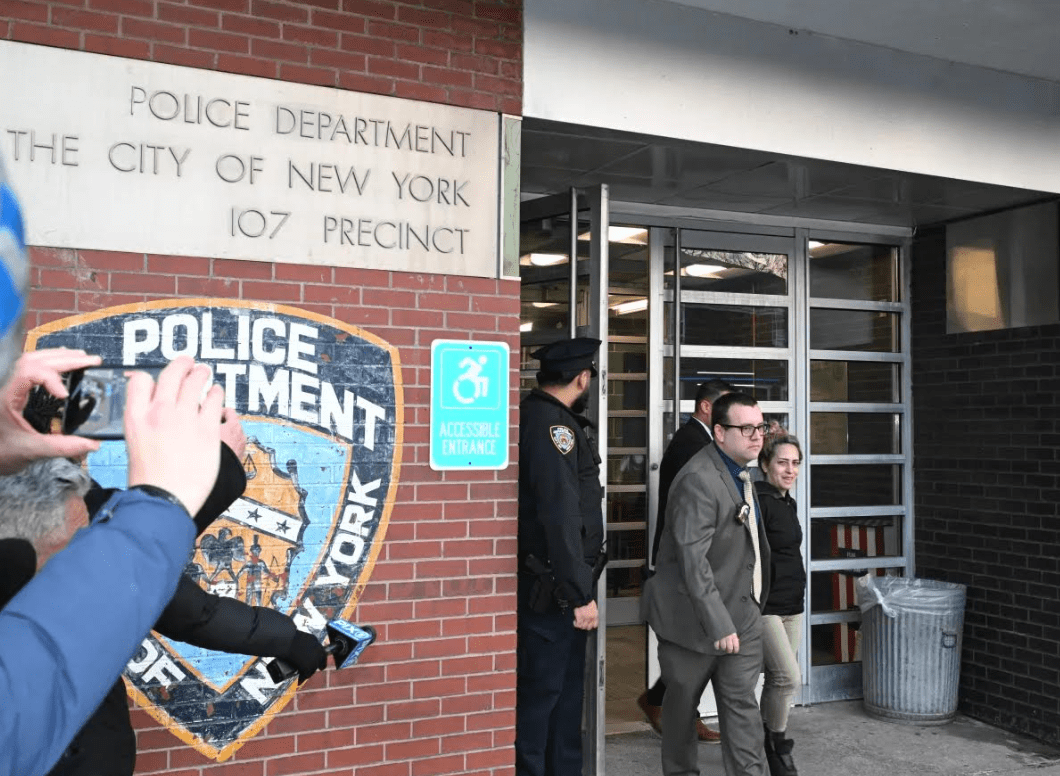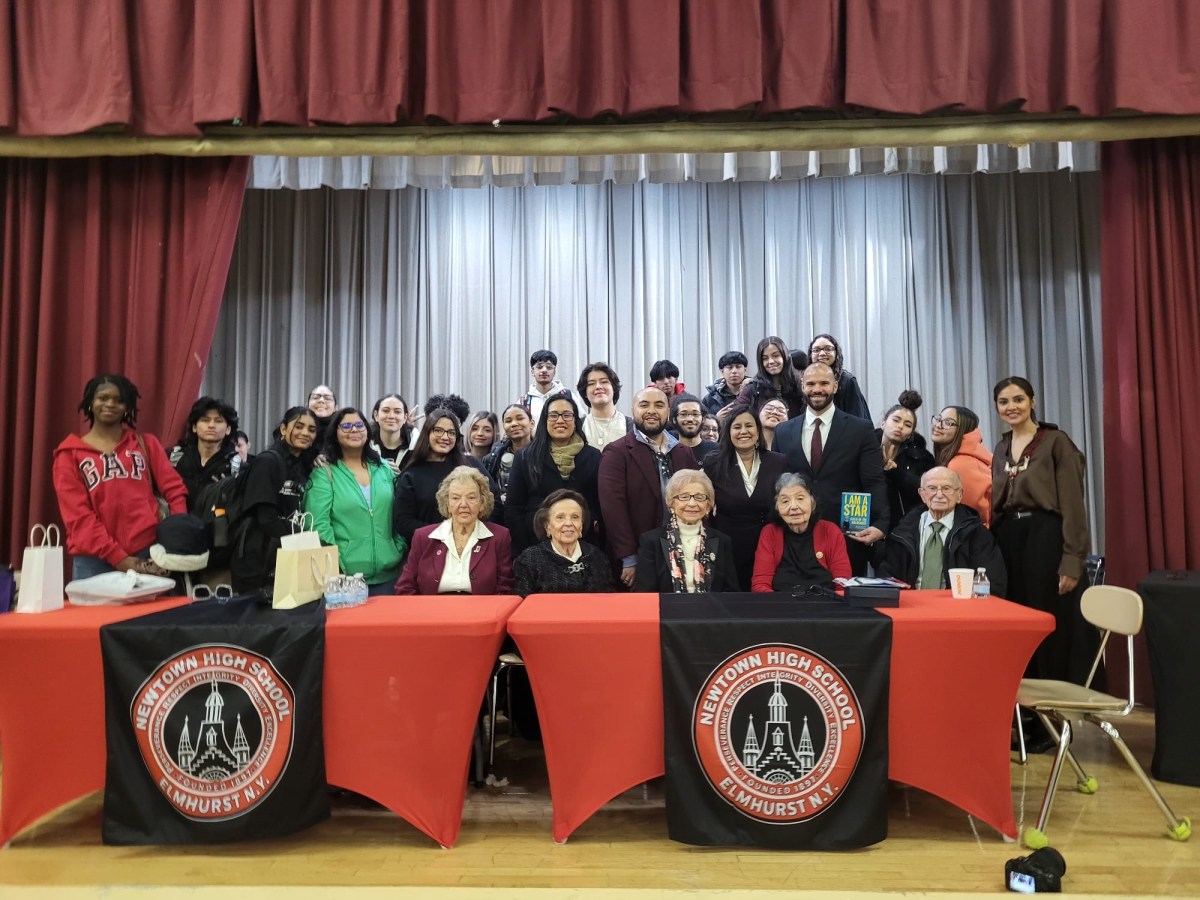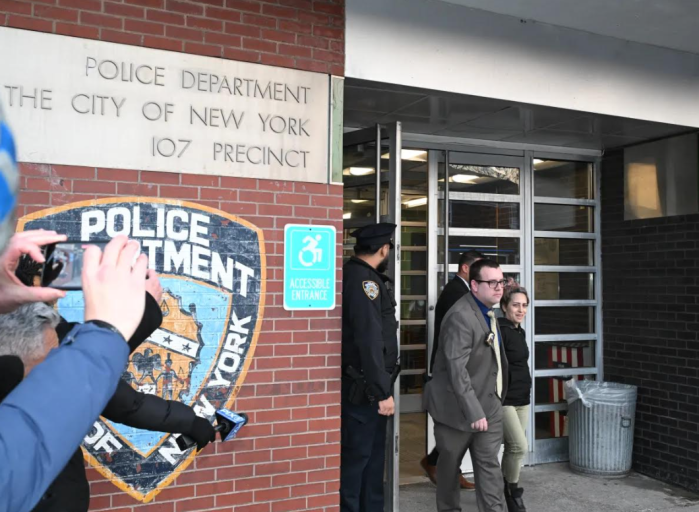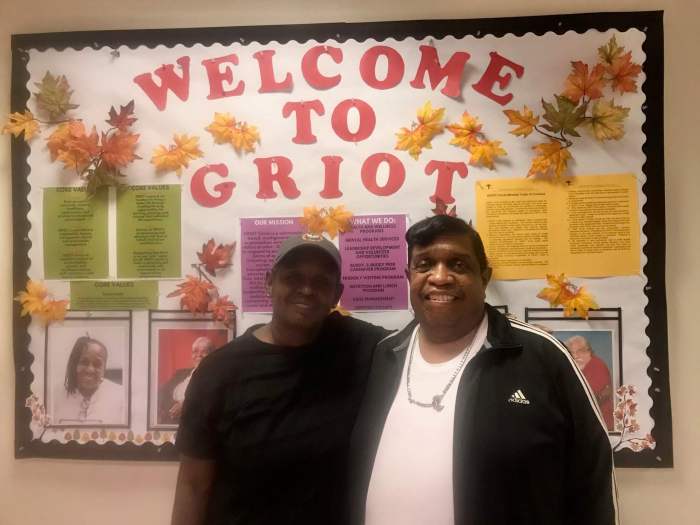Kavita Shetty was sleeping in her home in India when the blankets were torn from her bed. Her husband, who was standing over her, threw acid onto her face and body. Striking a match, he lit her on fire.
After three months of surgeries and hospitalization, she was finally released but not free, she says. Because of her financial situation, she was forced to move back in with her husband, who escaped a hefty sentence, and to this day, her scars still keep her from taking off a scarf she uses to obscure herself.
Shetty’s story and harrowing tales from 23 other women and those who identify as female from countries across five continents are told through a new photography exhibit called “Silent Tears,” inside the Union Theological Seminary at Columbia University.
Their faces, often obscured or softened, express the intense emotions they’ve experienced and disabilities they’ve suffered as a result of an assault or neglect, whether it be domestic, gun, sexual, emotional, psychological or even medical violence.
The photos are strung from the Seminary’s ceilings, allowing viewers to walk around and under them and see through their expressions.
The way the exhibit is set up is meant to give victims who have disabilities as a result of violence a voice. While the #MeToo movement has been instrumental in creating solidarity between women, those with disabilities seem to have been left out of the conversation, according to the exhibit’s creator, photographer Belinda Mason.
“Violence happens to women with disability and they are not included in any conversation,” Mason said inside the Seminary’s chapel on Monday. “There are a lot of pieces of information that aren’t out there showing the impact of violence … and you have to look at its long-term impact because it impacts our health systems. Acknowledging this happens is the most important thing — it helps heal women and helps them not acquire mental illness.”
Each hanging photo is laser printed on clear acrylic so as to mimic the fact that each woman could be someone you pass by or even yourself, according to Mason.
“They’re invisible yet visible in our communities,” Mason said. “When you walk through them you’re walking past them like you do on the street.”
Lining the chapel, almost like standing in solidarity together, regular black-and-white photos portray the women in their everyday lives so that viewers can relate to them on that level, in their physical portraits, and then look up to see their “internal portraits,” Mason said.
Whether it’s a woman who faced sexual abuse as a child and has post-traumatic stress disorder or someone who has intellectual disabilities and was abused in some way, visitors will be exposed to their harrowing stories through image and voice — some of the victims have told their stories for a recording that visitors can listen to.
“This is a very silent format — you can’t answer them back,” Mason said. “You have to look at yourself and at who you are. If you can’t cope and you can’t see, it’s not the person in the photograph that needs to change.”
That may be why her work and the project itself has faced some criticism for being too much and at times has been ignored or censored, she said.
“I have to go back to the women to tell them [that their stories aren’t being featured],” she said. “That’s what is traumatic to them — to know their voices weren’t heard.”
A trigger warning, which is there to alert people of graphic accounts of violence, is inside the exhibit and the collection’s accompanying booklet.
The show’s curator, Troy Messenger, said Union doesn’t shy away from tough subjects like disability and violence against women and felt it necessary to tell some of the stories while still being sensitive to those who enter the building.
“The show is consistent with the mission of the Seminary,” he said, noting that students have done work regarding disability and violence. “The work is very powerful. These are remarkable women. I spent a lot of time in this space, and I’m surrounded by many people … having these women with us in a way enlarges the congregation. It’s like the communion of saints.”
Mason, who hails from Australia, hopes the exhibit, which includes nearly 50 stories and includes work by artists Dieter Knierim, Margherita Coppolino and Denise Beckwith, can gain enough support to be shown elsewhere.
For now, she hopes New Yorkers will take the opportunity to learn about these women. Set for Tuesday night at 6 p.m., a panel presentation with Mason, representatives of the United Nations, the Metropolitan Museum of Art, a domestic violence counselor and two victims of violence will talk about the exhibit and the themes it addresses inside the chapel.
The exhibit itself, which is spread across two locations inside the Seminary, is free and open at the Knox Cloister and Bonhoeffer Room from 9 a.m. to 5 p.m. on weekdays and in the James Chapel from 9 to 11 a.m. and from 2 to 5 p.m. weekdays.


































